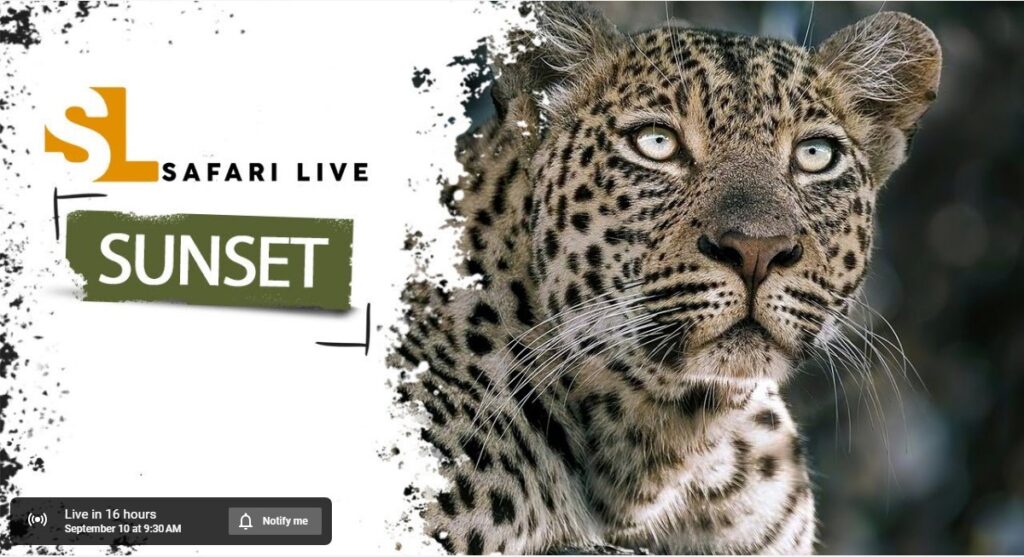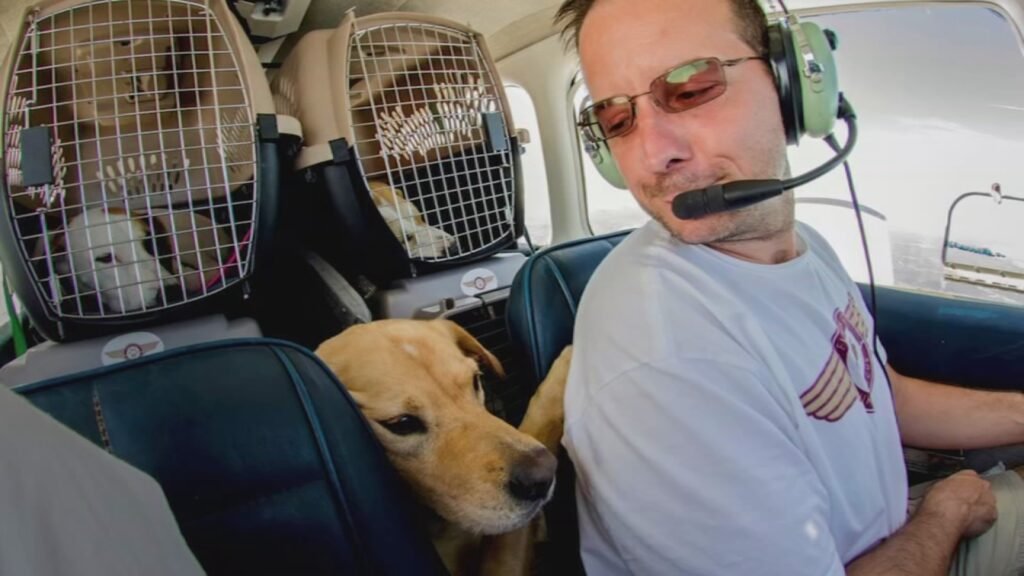Few experiences capture the magic of the natural world like watching the African wilderness unfold in real time. On September 10, 2025, SafariLIVE once again brought viewers into the heart of the bush, showcasing some of the most iconic species on the planet—elephants, lions, giraffes, servals, leopards, and zebras—reminding us not only of the beauty of wildlife but also the importance of conservation.
This edition of SafariLIVE Sunset was a breathtaking journey across the savannah, filled with unforgettable encounters and raw moments of life in balance. For those who could not witness it firsthand, here’s a deeper look at the day’s highlights and the broader lessons these wild landscapes continue to teach us.
For more on immersive wildlife storytelling and conservation, explore SafariLIVE Sunset here.
Select Serval: A Rare and Elusive Sighting
The serval is often overlooked compared to Africa’s more famous big cats, but catching sight of this sleek, long-legged predator during SafariLIVE was a special gift. Known for its oversized ears and extraordinary hunting skills, the serval thrives in grasslands and wetlands, using its acute sense of hearing to locate prey even beneath the soil.
Seeing a serval in action underscores the delicate balance of ecosystems—these medium-sized cats play a vital role in controlling rodent populations, helping maintain healthy grassland systems. Servals are also vulnerable to habitat loss, which makes moments like this not only thrilling for viewers but also a reminder of why conservation efforts are so critical.
Leopards in the Twilight
Leopards are the silent rulers of the night, and the SafariLIVE Sunset stream captured them in their element. Solitary, elusive, and immensely powerful, leopards embody the raw elegance of the African wilderness. On this particular evening, viewers witnessed leopards prowling through the fading light, blending seamlessly into the landscape before making calculated moves to hunt.
For conservationists, leopards symbolize both resilience and fragility. Their populations remain threatened by habitat encroachment and human-wildlife conflict. Yet each sighting provides hope, reinforcing the urgent need to safeguard corridors and landscapes that allow these apex predators to thrive.
Zebra Herds on the Move
The plains came alive with zebra herds moving across the horizon, their striking stripes shimmering in the golden light of sunset. More than just an iconic image of Africa, zebras play a vital role in their ecosystems. As grazers, they open up grasslands for other species, while their movements are essential to predator-prey dynamics.
In the context of climate change, however, zebra migration patterns and access to water sources are under growing stress. Observing them on SafariLIVE is a celebration of their resilience, but also a call to ensure that future generations can witness the same scenes.
Elephants: Giants of the Savannah
Of all the animals featured on September 10, none embody majesty quite like the elephant. A herd appeared during SafariLIVE, reminding viewers of the profound intelligence and social bonds that make elephants one of the most extraordinary species on Earth.
These giants are keystone species—shaping landscapes by knocking down trees, creating water holes, and dispersing seeds that sustain ecosystems. Sadly, they are also under severe threat from poaching and shrinking habitats. Every sighting is not only awe-inspiring but also a plea to double down on conservation. Protecting elephants protects entire ecosystems.
Lions: Power and Vulnerability
Lions are the heartbeat of the African savannah, and SafariLIVE gave us an intimate look into their world. Whether resting in the shade or preparing for a nighttime hunt, lions demonstrate the delicate balance of power and vulnerability. They are apex predators, yet their populations have declined dramatically due to habitat loss and conflict with human communities.
The scene of lions in the fading sun was more than a wildlife encounter—it was a reminder of the pressing need to secure landscapes large enough to sustain pride territories and ensure that lions remain part of Africa’s living legacy.
Giraffes at Sunset
Few images are as symbolic of the African wilderness as giraffes moving gracefully against a sunset sky. With their long necks reaching high into the trees, giraffes are vital browsers, shaping vegetation patterns and creating opportunities for smaller animals.
During the September 10 SafariLIVE broadcast, giraffes appeared bathed in golden light, offering one of the most peaceful and iconic images of the day. But behind that beauty lies an urgent reality: giraffe populations have declined by nearly 30% over the last few decades. Conservationists often call this the “silent extinction,” as these gentle giants disappear without the same global attention given to elephants or rhinos.
Why SafariLIVE Matters
SafariLIVE is more than just entertainment—it’s a global conservation tool. By streaming real-time encounters with wildlife, it creates a direct connection between viewers and the natural world. These broadcasts inspire curiosity, raise awareness, and foster a sense of responsibility for protecting wild places.
Every sighting of a serval, leopard, zebra, elephant, lion, or giraffe during SafariLIVE is a reminder that these creatures are not just icons—they are essential threads in the fabric of our shared planet. Preserving them is preserving the future.
To continue following these immersive wildlife experiences, visit SafariLIVE Sunset.
A Call to Sustainable Action
The September 10 SafariLIVE Sunset highlighted the best of nature: resilience, interdependence, and beauty. But it also underscored the ongoing threats these species face. Climate change, habitat fragmentation, and human-wildlife conflict are accelerating challenges across Africa and beyond.
At Sustainable Action Now, we believe that celebrating these wild moments must go hand-in-hand with protecting them. Watching a serval stalk through tall grass, a leopard melt into twilight, or an elephant family move together is more than a visual spectacle—it is a call to act. To protect ecosystems, to support conservation efforts, and to ensure that these wild stories continue for generations to come.
Because every sunset in the wild tells a story worth saving.


